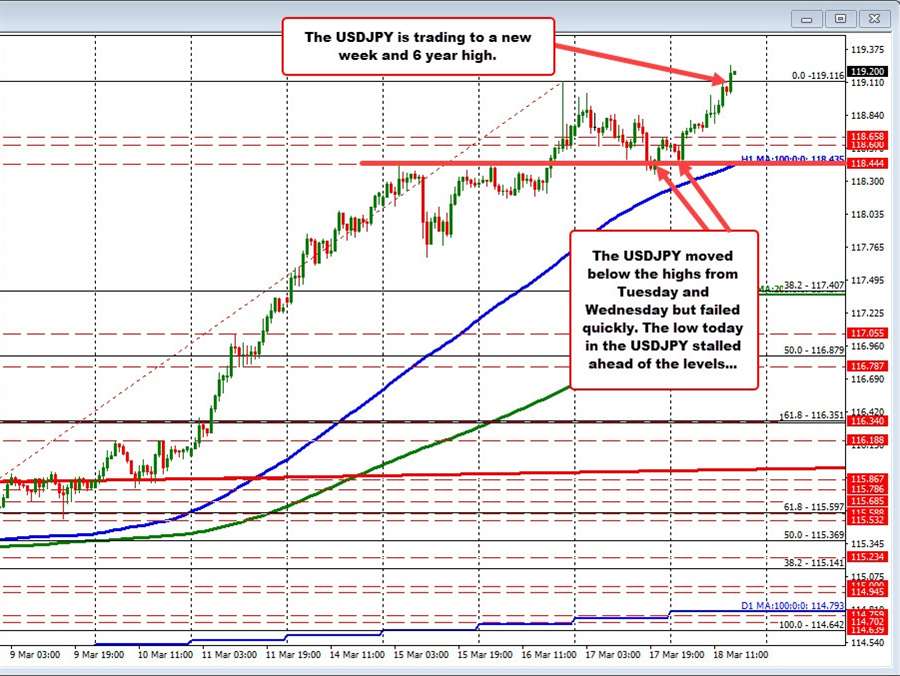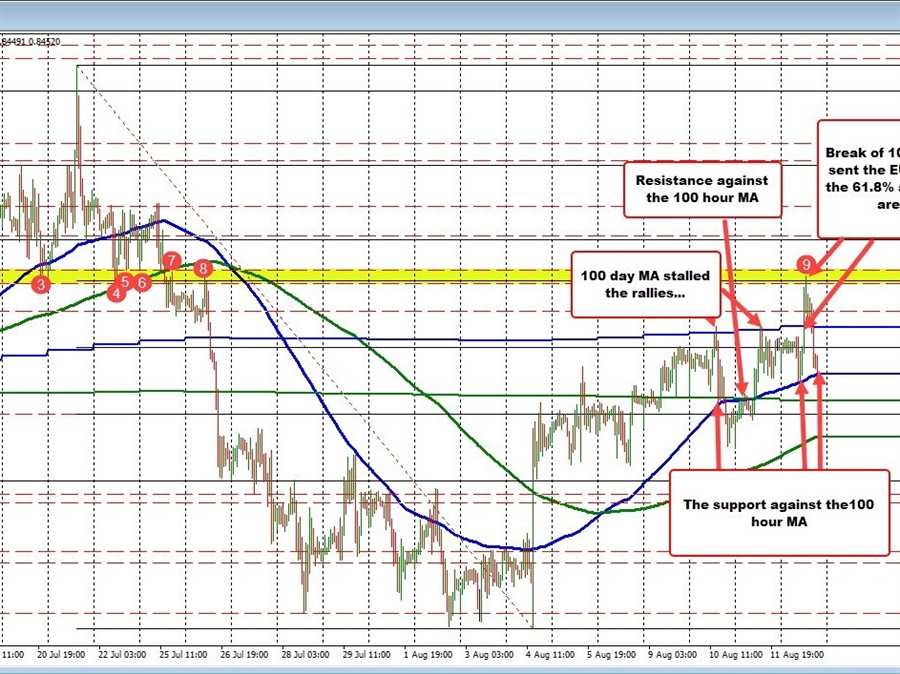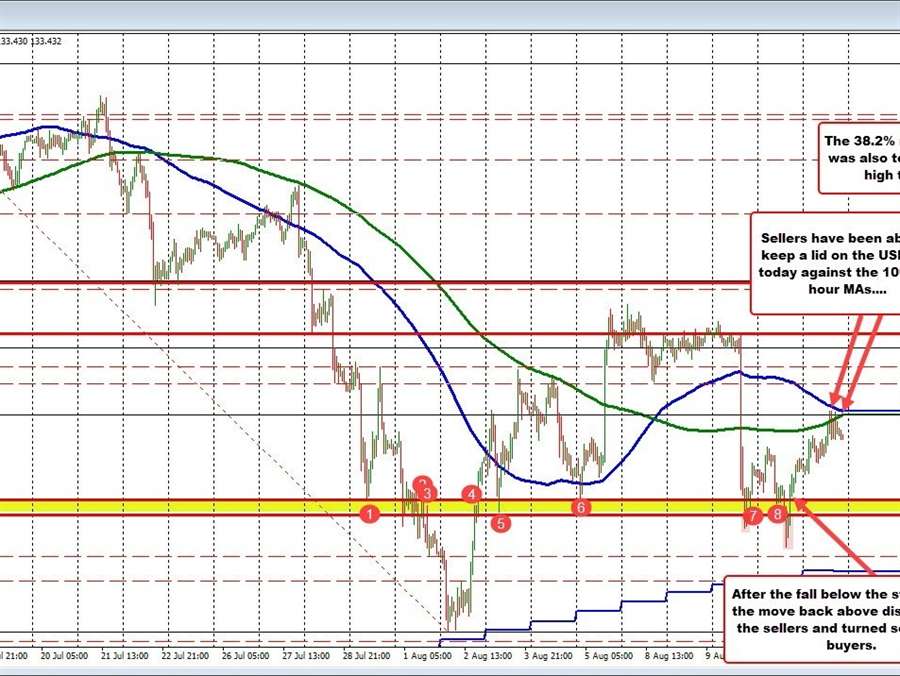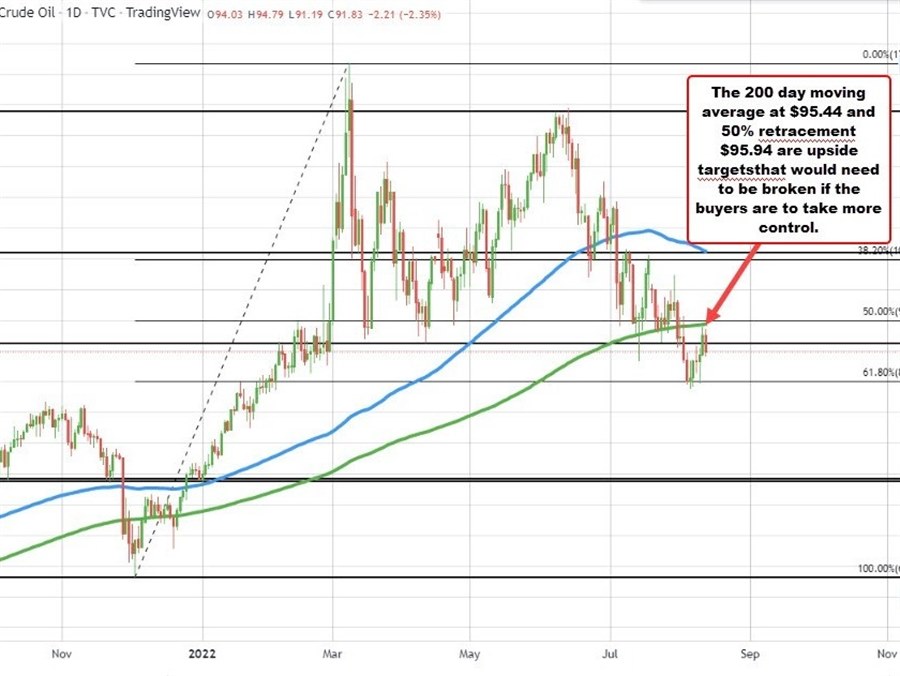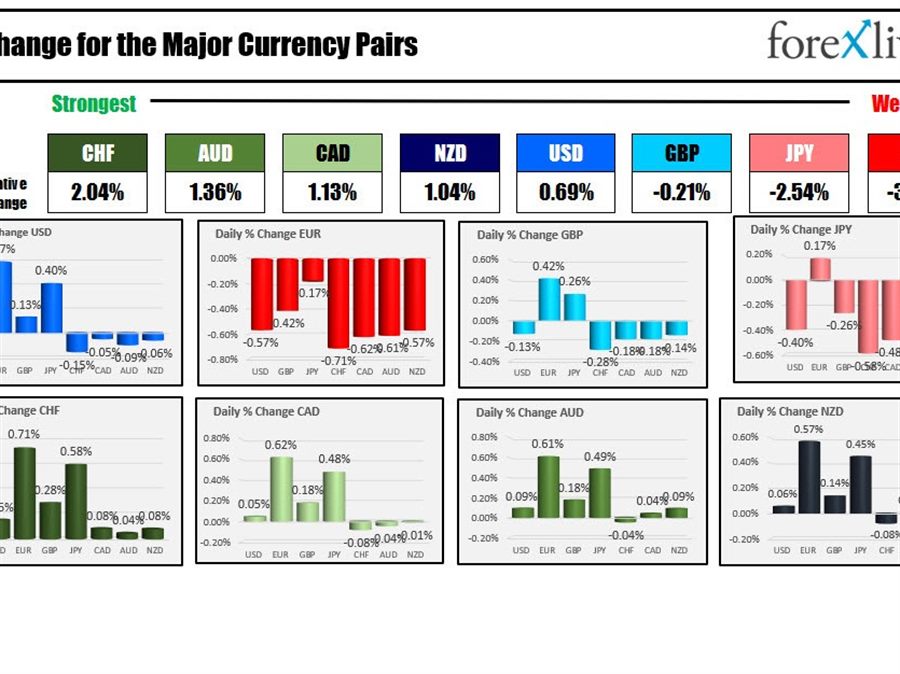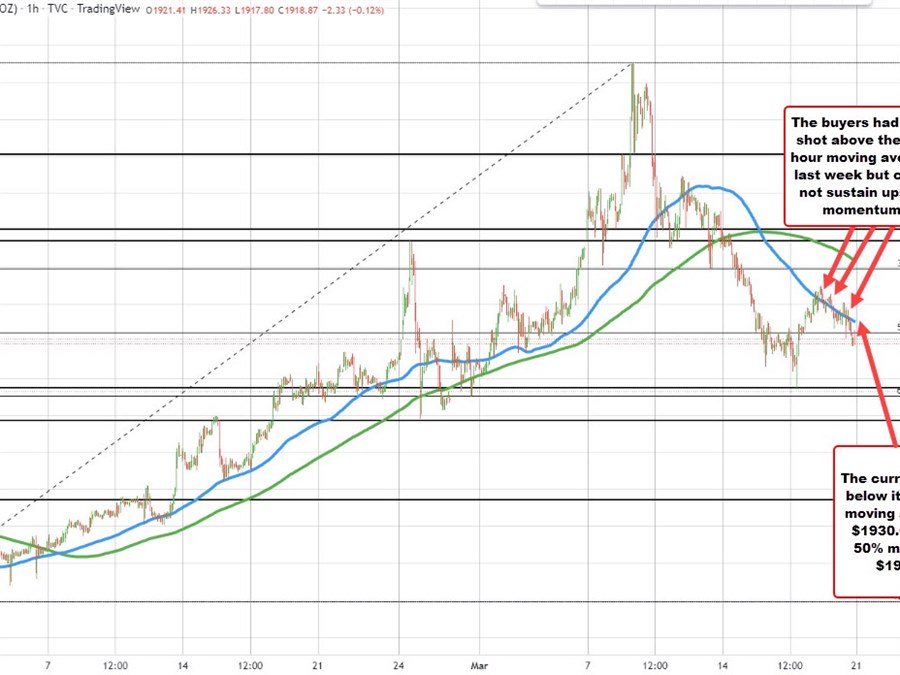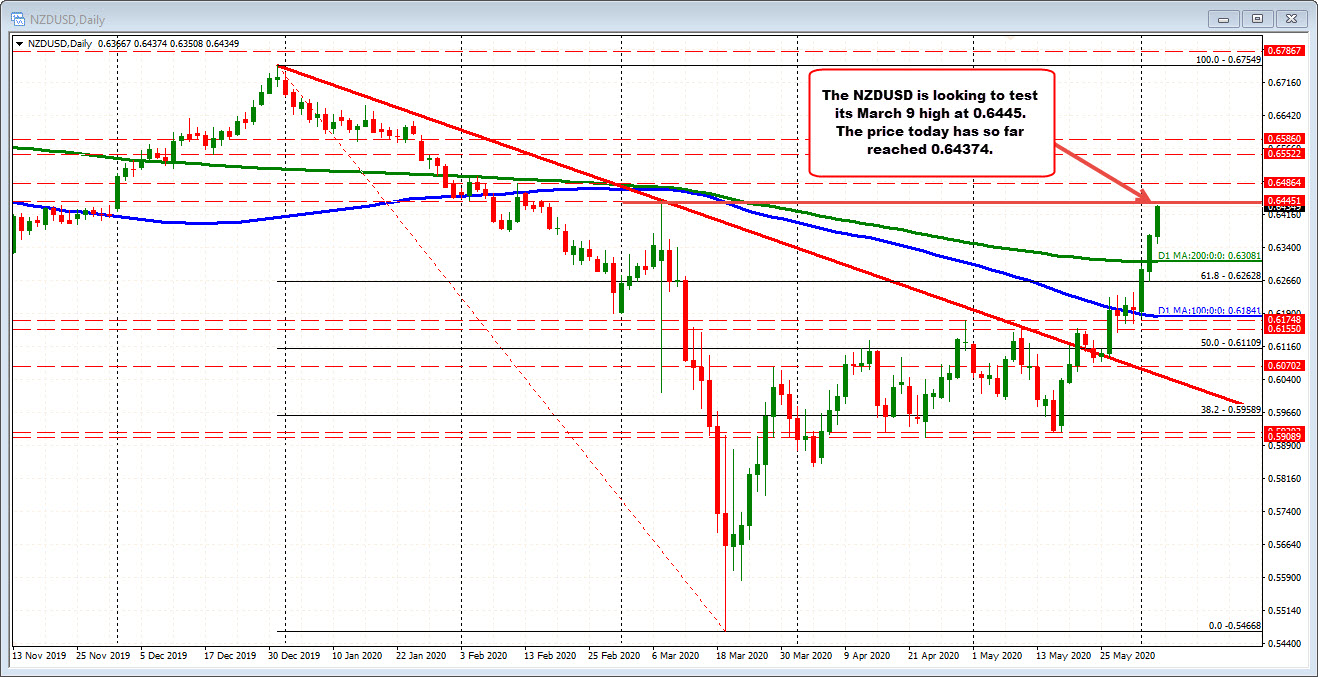
The USDJPY
USD/JPY
The USD/JPY is the currency pair encompassing the dollar of the United States of America (symbol $, code USD), and the Japanese yen of Japan (symbol ¥, code JPY). The pair’s rate indicates how many Japanese yen are needed in order to purchase one US dollar. For example, when the USD/JPY is trading at 100.00, it means 1 US dollar is equivalent to 100 Japanese yen. The US dollar (USD) is the world’s most traded currency, whilst the Japanese yen is the world’s third most traded currency, resulting in an extremely liquid pair, and very tight spreads, often staying within the 0 pip to 2 pip spread range on most forex brokers. Although the range of the USD/JPY isn’t traditionally particularly high, the lack of large price action often associated with other JPY pairs does make it easier to trade.This is especially true for short-term traders, although without offering a great pip potential. Even though the USD/JPY is the world’s second most traded pair, it’s not as popular as one might think with regards to retail traders.The pair carries a reputation as “boring”, although this isn’t an entirely accurate reflection. Trading the USD/JPYThe JPY is highly regarded as a safe haven currency, with investors often increasing their exposure following periods of uncertainty or market-induced fallouts.As both the US and Japan are highly developed economies, there are several key factors affecting the value of either currencies. This includes a range of economic indicators such as gross domestic product (GDP) growth, inflation, interest rates and unemployment data. Monetary policy by the US Federal Reserve and Bank of Japan are also large determinants in the value of each currency.
The USD/JPY is the currency pair encompassing the dollar of the United States of America (symbol $, code USD), and the Japanese yen of Japan (symbol ¥, code JPY). The pair’s rate indicates how many Japanese yen are needed in order to purchase one US dollar. For example, when the USD/JPY is trading at 100.00, it means 1 US dollar is equivalent to 100 Japanese yen. The US dollar (USD) is the world’s most traded currency, whilst the Japanese yen is the world’s third most traded currency, resulting in an extremely liquid pair, and very tight spreads, often staying within the 0 pip to 2 pip spread range on most forex brokers. Although the range of the USD/JPY isn’t traditionally particularly high, the lack of large price action often associated with other JPY pairs does make it easier to trade.This is especially true for short-term traders, although without offering a great pip potential. Even though the USD/JPY is the world’s second most traded pair, it’s not as popular as one might think with regards to retail traders.The pair carries a reputation as “boring”, although this isn’t an entirely accurate reflection. Trading the USD/JPYThe JPY is highly regarded as a safe haven currency, with investors often increasing their exposure following periods of uncertainty or market-induced fallouts.As both the US and Japan are highly developed economies, there are several key factors affecting the value of either currencies. This includes a range of economic indicators such as gross domestic product (GDP) growth, inflation, interest rates and unemployment data. Monetary policy by the US Federal Reserve and Bank of Japan are also large determinants in the value of each currency.
Read this Term has moved to a new session/week/6 year high as Fed’s Waller expresses the need to go 50 bps, joining Fed’s Bullard. He also sees rates near or above neutral by the end of the year.
The high from earlier this week reached 119.116. The high price just reached 119.246.
Yesterday, the price had a lower high for the first time in 7 trading days, and the pair temporarily moved below the high from Tuesday and early Wednesday near 118.44, but could not sustain downside momentum. The low today in the early Asian session stalled just ahead of that level at 118.466. The price also remains above the rising 100 hour MA at 118.42.
Looking at the weekly chart, the price moved above the end of 2016/early 2017 highs between 118.60 to 118.65 this week. That took the price to the highest level since the end of January in 2016 (6+ years).



